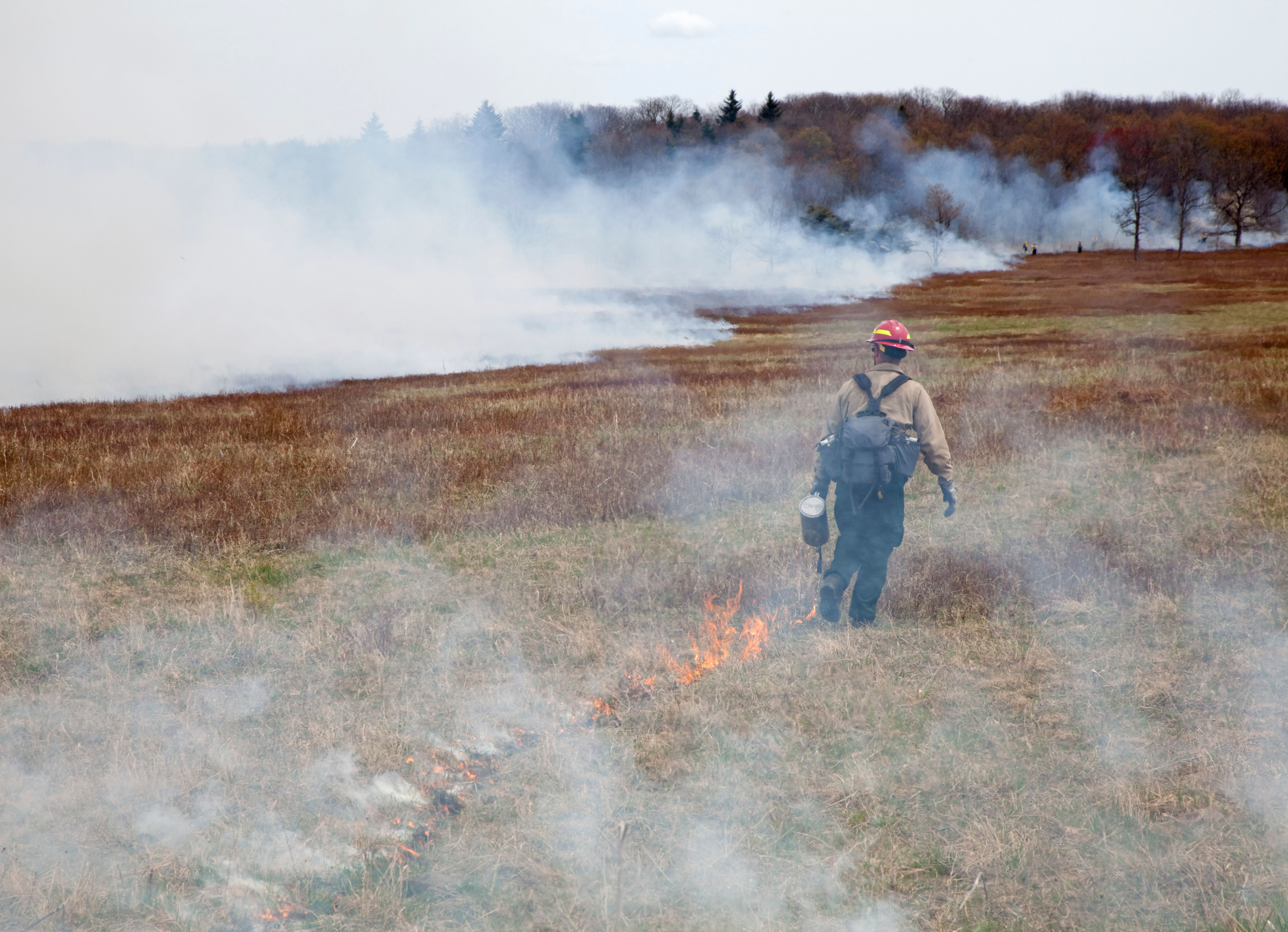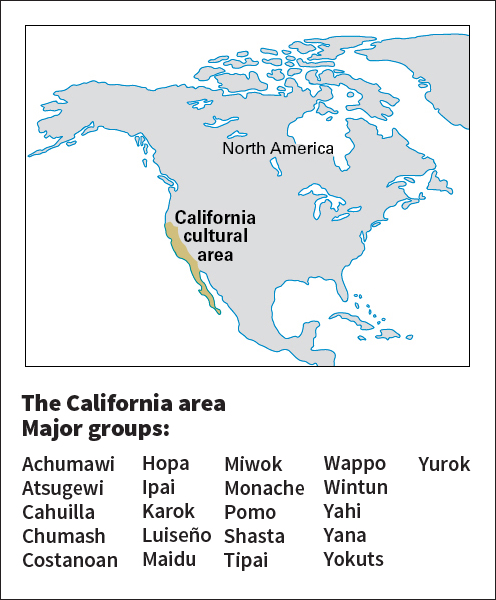Prescribed fire is a controlled fire that people set on purpose to help manage a natural area. A prescribed fire may also be called a prescribed burn or controlled burn. Prescribed fires are used to restore natural habitats and prevent severe wildfires. Trained technicians carefully plan, ignite, and manage prescribed fires. They design the fires to act much like mild naturally occurring wildfires. 
Wildfires are an important part of many natural environments. Some uncontrolled wildfires are caused by people. But lightning and other natural causes can also start wildfires. Many plant and animal species actually rely on fire to survive. Grasslands, for example, are home to plants that need plentiful sunlight to live and animals that need open, treeless space to fly, hunt, and find food. When grasses and other grassland plants are burned, they can regrow quickly. However, the fire kills most trees before they can grow tall. In this way, fire helps to maintain a healthy grassland.
Many countries have policies and laws calling for the suppression of fires. They require that wildfires be put out as quickly as possible to ensure the safety of people and property. These policies protect communities from immediate danger. However, they also prevent fire from performing its natural role in the ecosystem. Without periodic fires, dead plant matter and other vegetative fuels build up. This buildup can prevent animal species from finding food or important plants from getting enough sunlight. A huge buildup of vegetative fuel can also lead to wildfires that are more severe, destructive, and difficult to control. Such intense wildfires can pose a serious threat to human communities.
A fire may be prescribed for a number of reasons. An ecologist (scientist who studies the relationship between living things and their environment) might prescribe a fire to restore the health of a natural habitat. An ecologist might determine that fire would help important species in the area to survive. Ecologists might also prescribe a fire to protect wildlife and human communities from destructive fires.
Fire management technicians must plan a prescribed fire carefully before igniting it. They must consider weather conditions, the safety of surrounding communities, and the safety of the people working the fire. They make a plan to be able to put the fire out if necessary. Then they create fire barriers called control lines around the area to be burned. Control lines are wide areas that provide little or no ready fuel for the fire. Technicians can make control lines by spraying water or a flame retardant (fire-resistant substance) over plants and soil. Bodies of water can also serve as barriers to prevent the fire from spreading.
When conditions are right, technicians carefully ignite the burn area. They may ignite the fire along a control line, making use of the wind to spread the fire into the burn area. Sometimes, they surround the burn area with a ring of fire, so that the flame quickly burns within the ring. Technicians monitor the control lines to make sure the fire does not spread beyond them.
Many communities around the world practice prescribed burning. Various Indigenous (native) groups have used fire to manage their natural environments for thousands of years. Some continue to do so today. For example, the Hoopa Valley tribe of California and other Indigenous American groups continue to practice traditional methods of prescribed burning. They use prescribed fires to restore habitat for the plants that provide them with food and medicine and to prevent destructive wildfires. Prescribed burning was once banned in many parts of the United States and other countries. However, it is now recognized as an important tool for keeping habitats and communities healthy and safe. 
See also Conservation; Forest fire; Forestry (F ire and forests); Wildfire.
